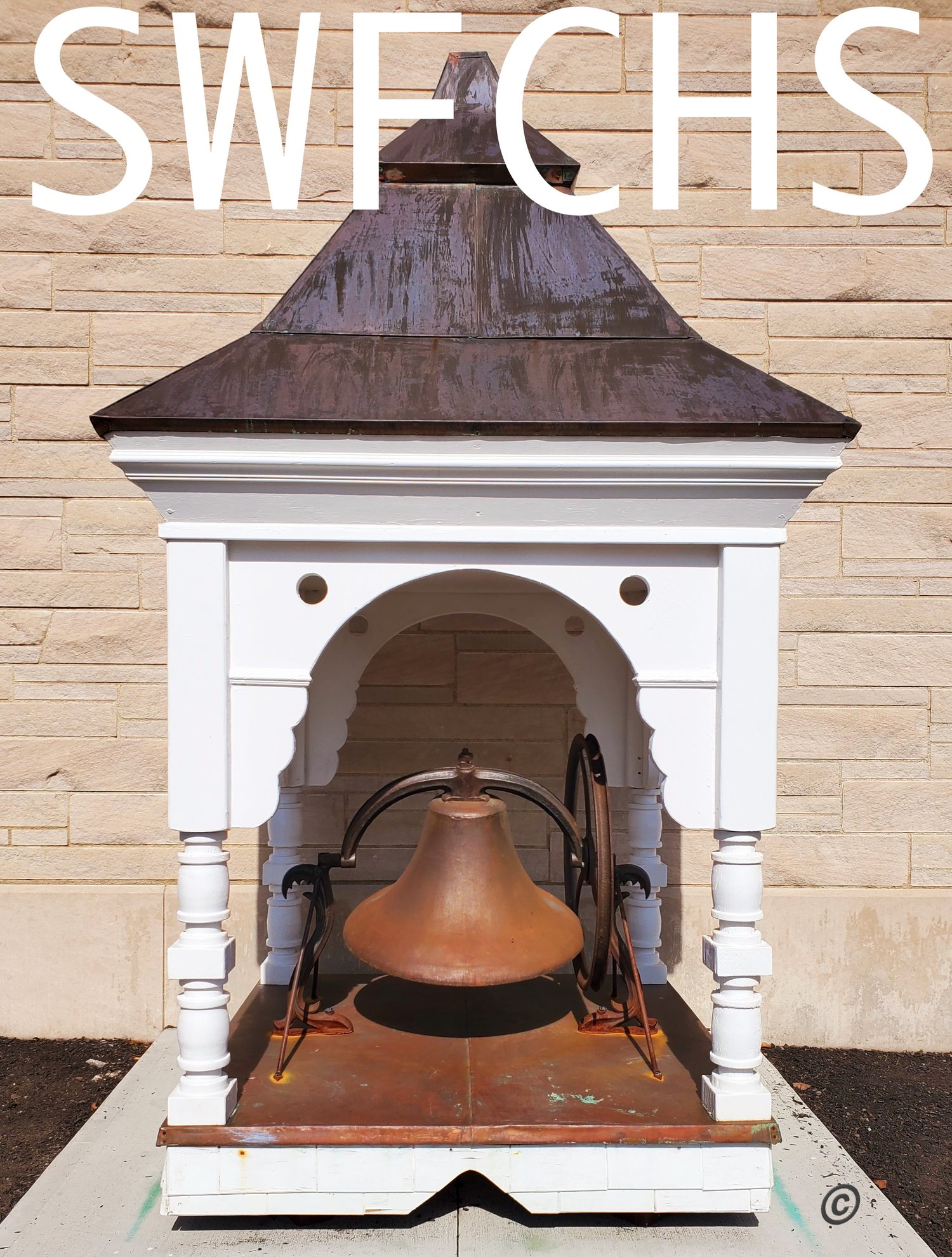The Early Churches of Grove City - Part 2
(The following was written by Janet Shailer and is reprinted from “Reflections II”, a collection of local stories available at the Grove City Welcome Center and Museum. Any opinions made in the article are from the author.)St. John's Evangelical Lutheran ChurchIn 1851 and 1852, two groups of Lutherans - 1 comprised of German immigrants - who spoke no English and the other of German descendants (mostly from Pennsylvania) who spoke no German - combined to hold Lutheran services at the Highland Mission. During this time two of these Lutherans - George Weygandt and Jeremiah Smith - were part of William Breck's commission to lay out the plats for the village of Grove City.In 1853, the German and English groups organized separately, each group having its own officers and Constitution - yet all were combined as St John's congregation. On May 2, 1853, William and Elizabeth Breck donated to the congregation the lot at the northwest corner of Arbutus and Columbus streets. On January 1, 1854, the English and German Lutheran Church of Grove City was dedicated as “German Evangelical Lutheran St John's Church”. This building (which still stands today) was to be the church's home for the next 35 years.In 1856, the English section withdrew and joined in the formation of the Presbyterian Church. During the same time, St. Paul's Lutheran Church, affiliated with the German Evangelical Lutheran Synod of Missouri, Ohio and other states, was formed. Their members built a log structure on the site now occupied by St. John’s. In 1861, St.. Paul's merged with St. John’s and the log structure was used as a parochial and catechetical school until 1889.In 1860, St. John's Cemetery - known as the German Lutheran Cemetery - was formed and is located next to the Grove City Cemetery. It is still available to members of the congregation. On July 5th, 1863, Reverend Charles Reichart, a German, began a 22-year pastorate at St. John’s and is considered to be its first resident pastor. His salary was $300 per year.In 1885, under Reverend Philip Schmidt's leadership, plans were drawn for the present St. John's building. The construction of the building was a massive undertaking in those days. The cost was to be $11,000 - a huge sum for the 1880s. After some argument, the congregation voted to build the new church on the old St. Paul's location and turn the old church into a parochial and catechetical school. That building was sold in 1921 and turned into a residence.In 1920, a large parish house was built on the east side of the church. It contained a full basement with a kitchen, dining room, large parlor, Sunday school classrooms and a large overflow area. The cost was $35,000.An extensive addition to the chancel was built in 1937 and in 1948, major repairs and redecorating of the entire physical plant was made. In 1956, the congregation had grown to 1600 baptized members and 700 enrolled in the Sunday school. A section of the old Parish house was raised and a new educational wing was built. The cost for this major project was $266,865.In 1983, a new north entrance was built onto the church and in 1984 the sanctuary was completely remodeled. On April 23, 1995, a dedication service was held for St. John's new Family Life Center.(The continuation of this story in the next blog entry.)
